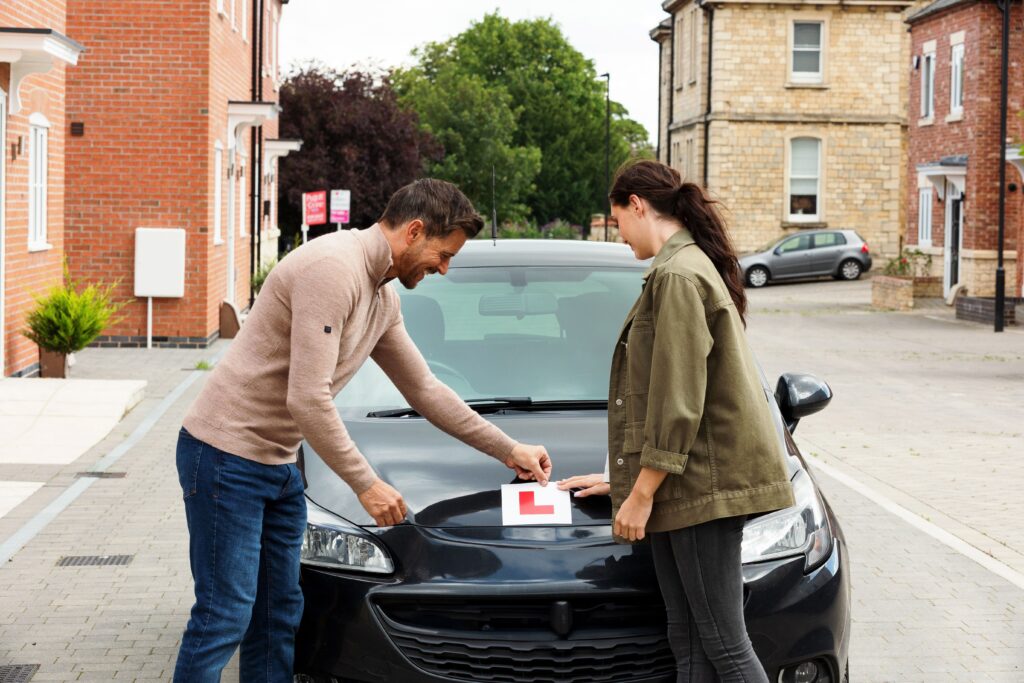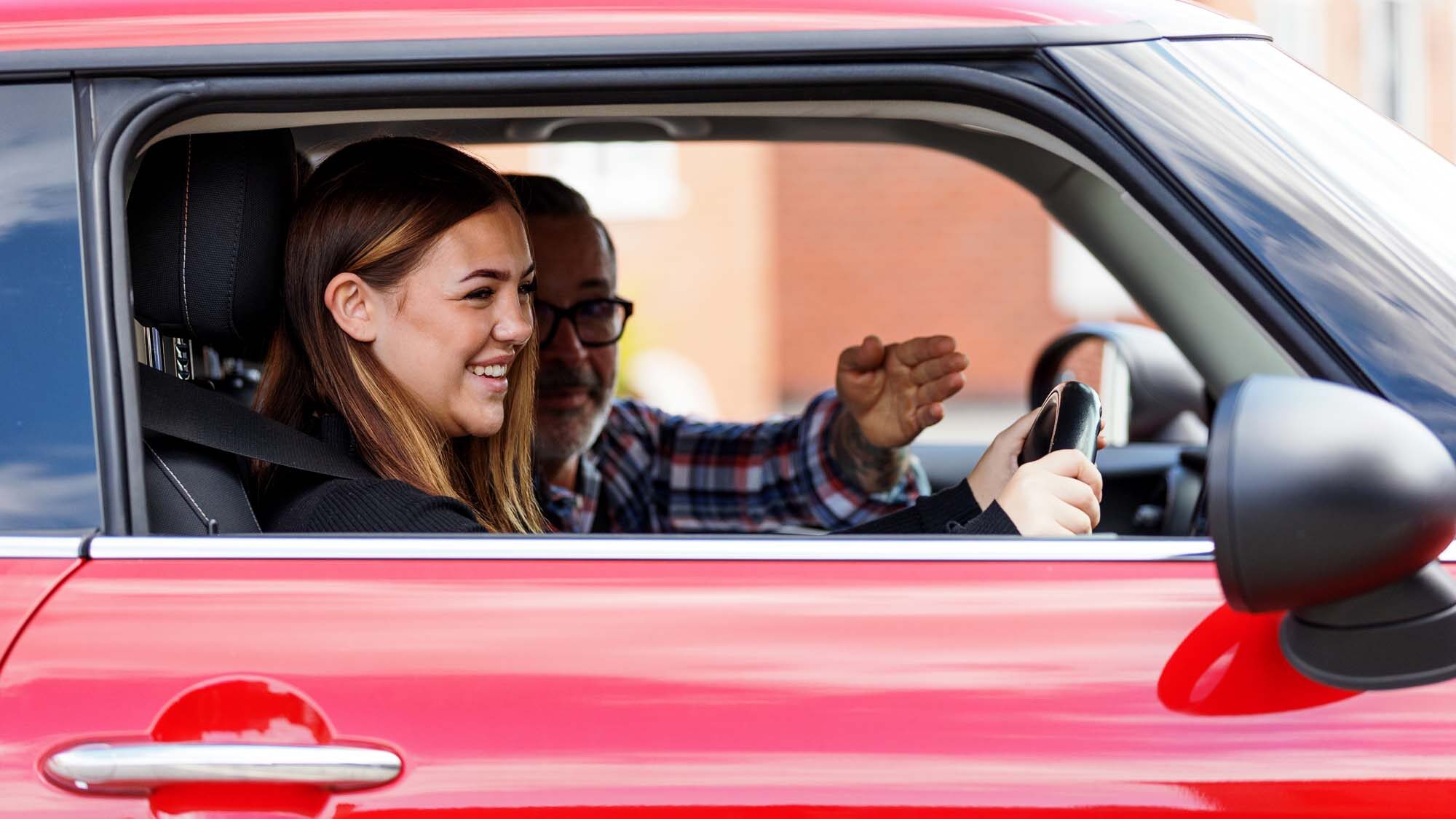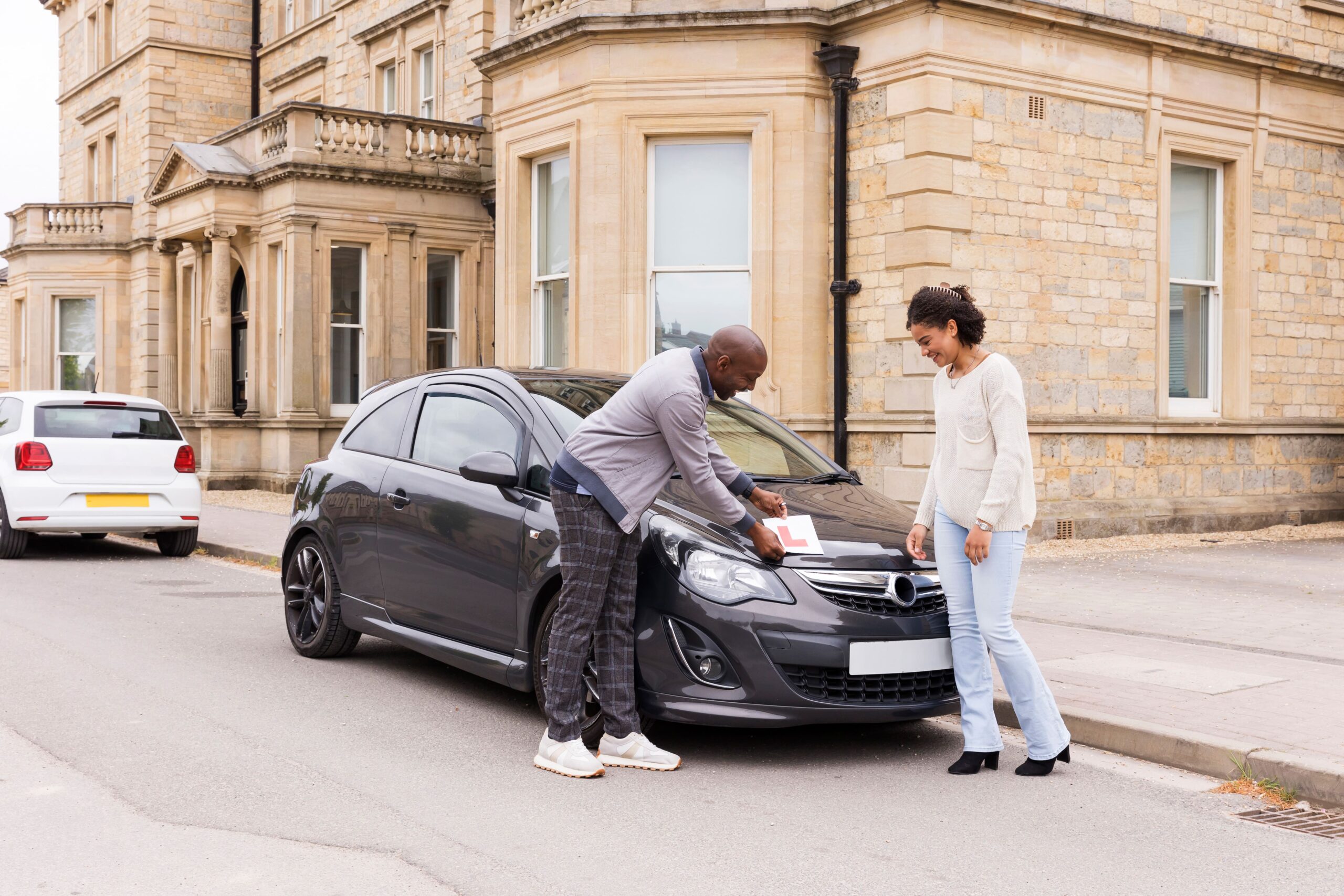If you’re learning to drive, you’ll need more than just a provisional licence and a few lessons to pass your test. Learner drivers must be insured when practising outside of lessons with approved instructors. It’s a legal requirement.
But that doesn’t mean you have to take out a full annual policy or go through the faff of being added to someone else’s. Temporary learner driver insurance is a flexible and affordable way to get covered for the exact amount of time you need. In fact, it’s one of the best ways to insure a learner. It’s ideal for private practice sessions while you’re preparing for your driving test – whether that’s over a few weekends or during the summer holidays.
Here’s everything you need to know about learner insurance, including how to get on the road safely and legally.
Do You Need Insurance as a Learner Driver?
If you’re driving a car and it’s not during a paid-for lesson with a driving instructor in their dual-control vehicle, you must be insured. That means any private driving practice – in your own car, a parent’s car, or someone else’s – requires valid learner insurance.
Driving without insurance is illegal in the UK, even if you’re still learning. If you get caught, you could face penalty points on your provisional licence, a fine, and even struggle to get insured in the future. Not to mention, the vehicle could be seized.
Remember, whenever you’re behind the wheel, you need insurance, learner or not.

What Is Learner Driver Insurance?
Learner driver insurance is a type of policy that covers you while you’re learning to drive with a provisional licence. It’s different from standard insurance because it requires you to always be supervised and adhere to a few more rules. If you have a provisional licence there are a few ways you can get the right learner insurance in place:
- Add the learner to an existing policy – this usually means adding them to a parent’s or family member’s car insurance. It can increase the premium and could impact the no claims discount if there’s an accident. If a learner driver has already picked up any penalty points on their provisional licence, that can push premiums up too.
- Take out a separate learner driver policy – this is where temporary learner insurance comes in. It keeps the learner covered without affecting the main driver’s policy and can be set up just for the time you need, making it a perfect option.
How Does Learner Insurance Work?
With a temporary learner policy, you can get covered in minutes for 1 hour to 6 months. That means you can practise as often or as little as you like, without committing to a full annual premium.
- It runs alongside the car owner’s existing insurance, so their no claims bonus stays protected.
- It’s ideal if you can only get sporadic practice sessions in for a couple of hours a week – meaning you aren’t wasting money on insurance when you aren’t behind the wheel.
- It’s quick and flexible – you can get insured instantly, so you can get covered anytime you’re ready to practise.
Need to drive today? Get a quote and secure learner insurance in minutes.

Key Learner Driver Insurance Rules
Getting insurance is only one part of the story. As a learner, you’ll also need to follow specific rules to make sure you’re driving legally:
- Learners must be supervised by someone aged 21 or over who has held a full UK driving licence for at least three years, whenever they are behind the wheel.
- Your L plates must be clearly displayed on the front and back of the vehicle. If you’re in Wales, D plates must be displayed.
- The car must be taxed, insured, and have a valid MOT.
- You can’t drive alone on a provisional licence at any time – it’s illegal and comes with serious consequences.
- You can’t drive on the motorway without a qualified instructor – that means the motorway is off-limits for learners during practice sessions outside of lessons.
- You must only drive the vehicle you’re insured to use.
Remember to make sure your supervisor meets the requirements. If they’re not properly insured themselves or don’t meet the criteria, both of you could be penalised.
What Does Learner Insurance Cover?
Most temporary learner insurance policies will include:
- Comprehensive cover while you’re driving under supervision.
- Protection for damage to the car or third-party vehicles.
- Flexibility to choose your cover length – from 1 hour up to 6 months.
- Protection of the owner’s no-claims discount.
Just remember: learner insurance only covers you when learning – not once you’ve passed your test. You’ll need a full licence policy before you can drive solo.
Can Police See If You Have Learner Insurance?
Yes – learner insurance is logged on the Motor Insurance Database (MID), which the police can access. If you’re stopped, your details must be up to date, your insurance must show up as active, and under a learner policy, you must have a provisional licence and be supervised.
We update the MID four times daily, so policies usually appear within a few hours. But you can drive legally as soon as you receive your insurance certificate, which we send directly to you instantly – and you can easily access it if you use our app.
So, remember, learner drivers always need to be insured when driving outside of lessons. If you’re heading out for a practice session, don’t take any unnecessary risks. Get learner driver insurance that works around your schedule and lets you focus on passing your test – not paperwork. Download our temporary insurance app and get a quote today.

